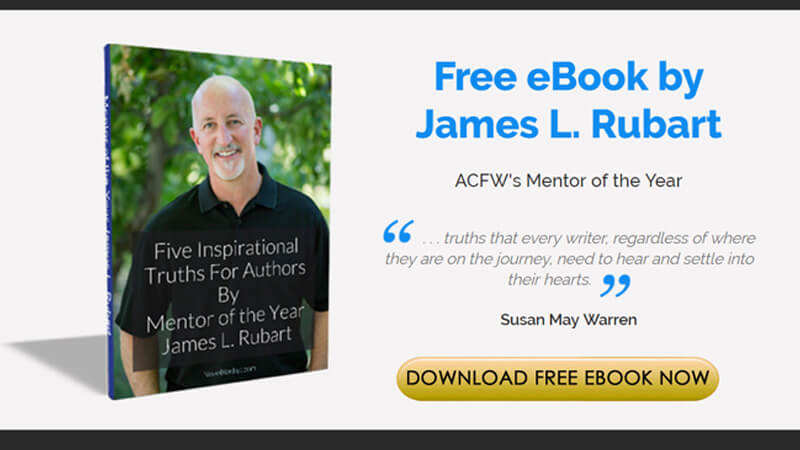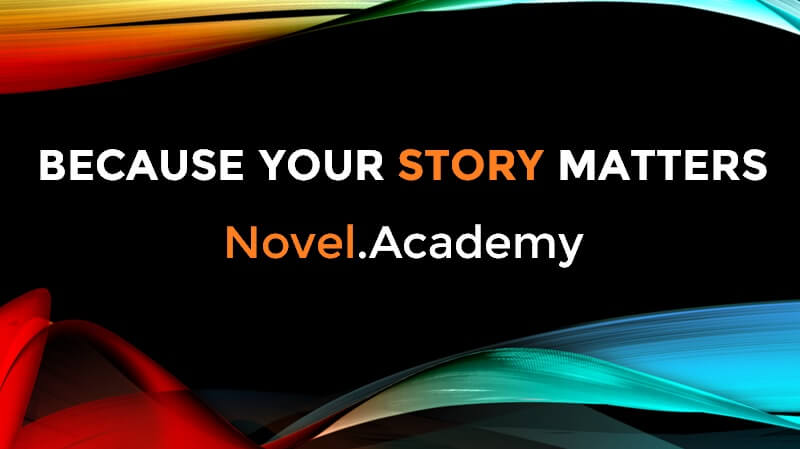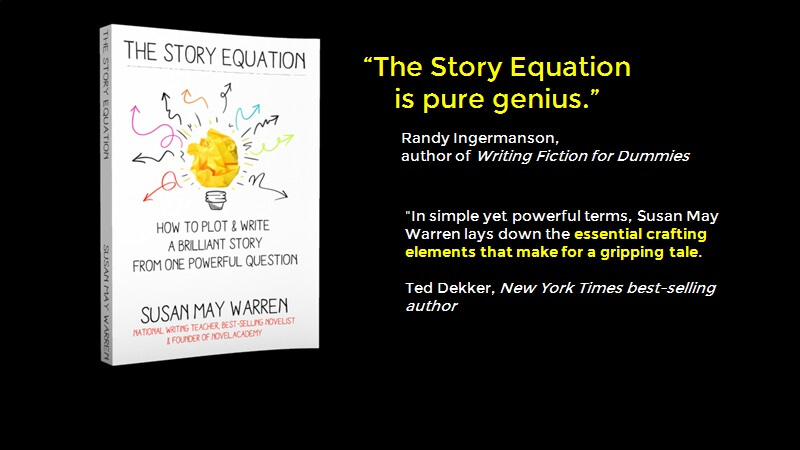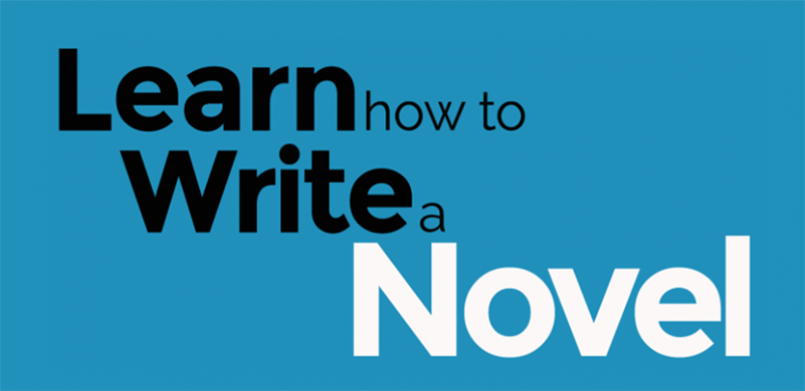Sarah Sundin lives in northern California with her husband and three children. When she isn’t ferrying kids to soccer and tennis, she works on-call as a hospital pharmacist and teaches Sunday school. She belongs to American Christian Fiction Writers and Christian Authors Network. She is the author of the Wings of Glory series—A Distant Melody (Revell, March 2010), A Memory Between Us (September 2010), and Blue Skies Tomorrow (August 2011).
Taming Time—Practical Tips to Increase Writing Productivity
“How on earth did you find time to write a book?” a friend asked.
Perhaps it was my ability to type at the speed of light or my complete lack of a personal life.
Um, no. Snails type faster than I do, and they don’t have fingers. I’m a mother of three, teach Sunday school, and have a part-time job. But I make time to write. This year I’ve made the transition to published author, and time management has become vital.
Four tools for increasing productivity are herding up goals, corralling blocks of time, lassoing the on-line beast, and harnessing snippets of “wasted” time. Honestly, I don’t write Westerns.
Herd up Goals
We’ve all been there—you finish a busy week and have nothing to show for it. Setting goals is the best way to prevent this. Even if you aren’t published yet, make deadlines—it’s good practice for when you have a contracted deadline. Set yearly goals, then break those goals down by month. At the beginning of each week, I look at the month’s goals, and set daily goals to keep myself on target. My goal sheet hangs over my desk. Staring at me. Prodding me.
If you hate charts and organization, make it fun with color coding or cute logos or stickers. Why should kids have all the fun?
Corral Blocks of Time
“I am a professional. I am a professional.” Repeat this until you believe it.
Now, act like it. Keep office hours. Even if you only have one hour a day to write, use it well. During your office hours, act like a professional. Review the day’s goals and get to work. No excuses, no distractions, no phone calls—use Caller ID or (gasp!) unplug the line. Very few calls are emergencies. Also remember, professionals take breaks—walk the dog, play with the kids, chat with a friend—then back to work.
Having children at home complicates things, but even a toddler can learn to respect office hours. I started writing when my youngest was a year and a half. I did most of my work during naptime, but he learned that when Mommy was in her writing place, he could play by himself for a while. Despite what parenting magazines say, a child does not need constant entertainment by an adult—in fact, when a child learns to entertain himself, his imagination grows.
I strongly recommend Making Work at Home Work by Mary M. Byers (Revell, 2009) for fantastic, practical advice.
Lasso the Internet
All right, I’m still working on this. Many days I’ve logged on to check my e-mails—and then it’s noon. E-mail loops, blogs, Twitter, Facebook—they’re necessary for platform and publicity, but they can drain away that time you corralled.
Set strict limits. Some people avoid the internet entirely until their work is done. Since I’m in California and my publisher is back east, I can’t do that.
My plan…should I choose to follow it…is to check e-mails and Facebook and Twitter notifications first thing in the morning. I deal with anything urgent immediately—or schedule a time to do so—then save the rest for later. After my lunch break, I do another check. In the afternoon, when my children are doing homework and need my availability, I answer non-urgent e-mails, read blogs and loop digests, and scan Facebook and Twitter feeds.
If necessary, use a good old-fashioned kitchen timer.
Harness Time Snippets
One of my favorite ways to boost productivity is by using snippets of time while waiting at the baseball field, doctor’s office, ballet studio, or department of motor vehicles. Why not use that “wasted” time to your advantage? You’ll be amazed what you can accomplish in ten-minute spurts.
Be prepared. Have your laptop case ready to go or a clipboard box stocked with paper, pens, and sticky tabs.
Here are ten things you can do in ten minutes:
Study: Read a book on the craft of writing, peruse an online writing course, or listen to a conference CD.
Story Research: As a writer of historical fiction, I always have a pile of books to read for research. A book and note paper, and I’m set.
Market Research: Thumb through a book catalog or read a book in your genre.
Pre-write: Scribble down an outline for a novel or chapter, fill out character or plot charts, or work on a synopsis or query letter.
Edit: Editing is my favorite on-the-go activity, well suited to interruptions. Clip a chapter together with a binder ring, and mark it up with highlighters and a red pen. And God bless laptops and the track-changes feature. I did a significant part of my publisher’s content edit for my first novel while my daughter practiced soccer.
Critique: If you belong to a critique group, time snippets are great for reviewing your partners’ work.
Communications: With a smart phone, you can take care of phone calls and e-mails on the run—and free up time at home to write.
Publicity: Public writing means free publicity. People will ask what you’re doing. So tell them. Make sure you always bring business cards or bookmarks. Maybe your dental hygienist doesn’t read in your genre, but maybe her daughter does. Use those serendipitous encounters to build word of mouth publicity.
Observe: Stuck someplace without a laptop or writing materials? Don’t hyperventilate—release your observation skills. Watch people, listen to dialogue, observe the weather or landscape, and let your mind roam. And always have a notebook with you.
Write: Use a time snippet to write. Really. Try it. This is easiest when you’re in the flow and have to leave for an appointment. Take it with you. Finish it.
So, my dear writer friend, how do you plan to improve your time management this year?
Major Jack Novak has never failed to meet a challenge—until he meets army nurse Lieutenant Ruth Doherty. When Jack lands in the army hospital after a plane crash, he makes winning Ruth's heart a top-priority mission. But he has his work cut out for him. Not only is Ruth focused on her work in order to support her orphaned siblings back home, she also is determined not to give her heart to any man.
As the danger and tension of World War II rise to a fever pitch, Jack and Ruth will need each other more than ever. Can Jack break down her defenses? Or are they destined to go their separate ways?
From the English countryside to the perilous skies over France, A Memory Between Us takes you on a journey through love, forgiveness, and sacrifice.
A Memory Between Us is the second book in the Wings of Glory series, which follows the three Novak brothers, B-17 bomber pilots with the US Eighth Air Force stationed in England during World War II. Each book stands alone.

























